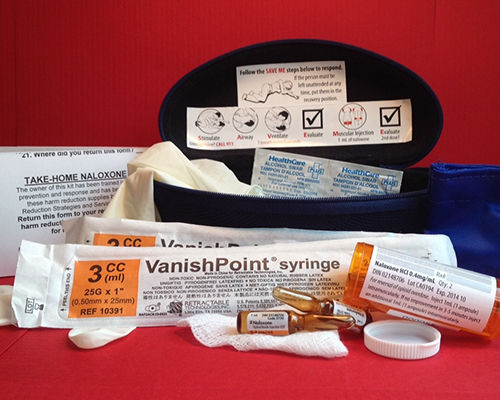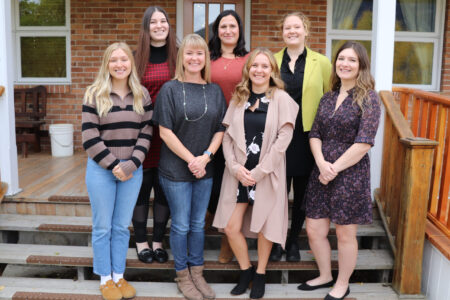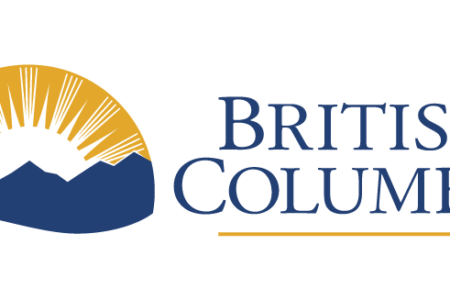IHA joins in expanding overdose prevention program
As part of Interior Health’s overdose emergency response, the Take Home Naloxone program has expanded to 70 sites which includes: all Interior Health emergency departments, public health centres, mental health and substance use offices as well as several community agencies.
“Drug-related overdoses and deaths are a huge concern,” said Health Minister Terry Lake.
“Interior Health’s expansion of the Take Home Naloxone program could potentially save the life of someone’s friend, parent or child. It is part of B.C.’s comprehensive approach to address this crisis and to do everything we can prevent future tragedies.”
In emergency departments, the program is offered to patients who are being treated for an opioid overdose.
At public health centres, mental health and substance use offices, and community agencies the program is available to anyone at risk of overdose from opioid drugs. Opioid drugs include both prescription and illicit drugs such as oxycodone, morphine, heroin, fentanyl and others.
This expansion increases access to the life-saving medication, naloxone. Naloxone can reverse an opioid overdose by restoring breathing within two to five minutes.
It improves the chances of survival while waiting for medical help to arrive. Naloxone is a safe medication that cannot be abused and has no effect on the body in the absence of opioids. It is non-addictive, does not produce a high and has no street value.
In addition to making naloxone kits more accessible, the Take Home Naloxone program also provides training on how to prevent, recognize and respond to an overdose situation.
“The program not only gives those at risk free naloxone kits, it also provides an opportunity to offer information on how to prevent an overdose from occurring in the first place by educating clients about factors that can increase the risk of overdose,” said Dr. Silvina Mema, Medical Health Officer.
“For example, one of the things we tell people is that if they haven’t used a drug for a while their tolerance or response to that drug can change and that puts them at greater risk of an overdose.”
The training also offers practical overdose prevention tips such as always starting with a small amount of the drug, avoid mixing different drugs, and avoid using alone.
Crucial life-saving steps including recognizing the signs of an overdose, putting someone in the recovery position, how to perform rescue breathing, and administer naloxone as well as the importance of getting emergency medical help as soon as possible are also covered.
The Take Home Naloxone program is provided in collaboration with the B.C. Centre for Disease Control. Approximately 1670 naloxone kits have been distributed across Interior Health since the program first began in August 2012. Reports indicate at least 180 kits have been used to reverse an overdose.
The Take Home Naloxone program is specifically for those at risk of an opioid overdose. A list of Take Home Naloxone sites is available on the Interior Health website.
Friends, family members and others who wish to carry naloxone are encouraged to purchase a kit from local pharmacies – a prescription for naloxone is no longer required.
All of the initiatives support the work of the newly formed Joint Task Force on Overdose Response. Headed by Provincial Health Officer Dr. Perry Kendall and Director of Police Services Clayton Pecknold, the task force will provide expert leadership and advice to the Province on additional actions to prevent and respond to overdoses in British Columbia.
The actions also align with recommendations identified by the BC Overdose Action Exchange.

























Comments